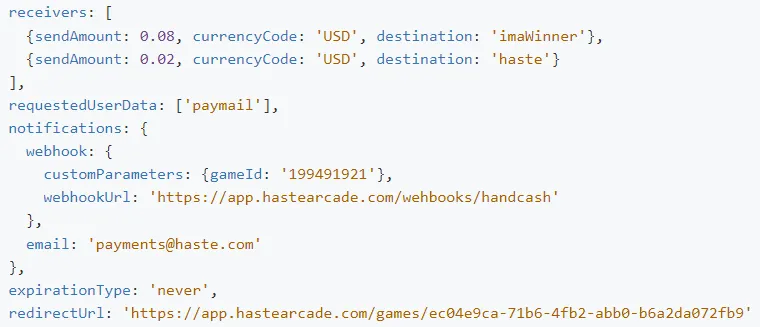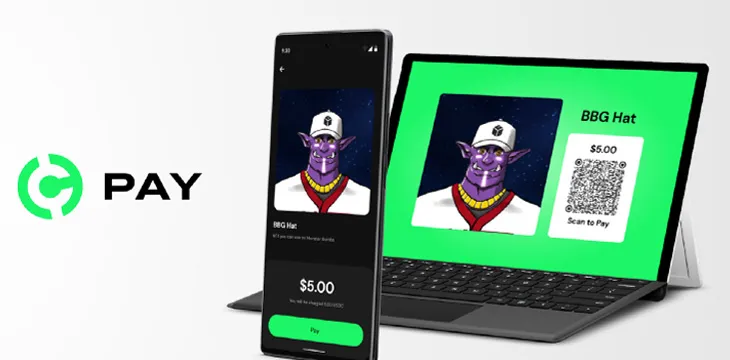|
Getting your Trinity Audio player ready...
|
HandCash released a new feature named HandCash Pay that allows users to simply click a link or scan a QR code to pay for goods and services securely online. The key here is that HandCash will make a callback to the merchants server after the payment is complete with relevant information so that they can process the payment further such as ship goods, issue digital assets and more.
Here are three potentially novel uses for the new feature.
Shipping goods securely
Entering or confirming shipping addresses along with credit card information each time you want to purchase something online is not only a pain, but insecure. Merchants would prefer not to know this information at all, let alone having to display it on website checkout screens. Letting customers pay securely via HandCash Pay where merchants can link their shipping address on the backend to a payment alias (in this case, a handle) would be much more secure.
Taking this a step further, users could register their shipping addresses one time to distribution, or the postal service and merchants can just store hashes of those, where they ship goods against a hash linked to the payment alias and only the distributor (UPS, FedEx, USPS for example) know where the goods are going.
This is possible because we abandon the necessary security checks of credit cards that sometimes require all this information (billing, shipping addresses and name) just to authorize a payment, and that is still susceptible to chargebacks!
Issuing digital assets
NFT markets have all but collapsed, but digital assets live on. Instead of leveraging NFT marketplaces and potentially signing up for yet another digital currency wallet, creators can sell digital assets direct to consumers via HandCash Pay. The application that issues the assets can execute the mint and transfer privately server-side to the customer.
Creators can even leverage the payment transaction ID hash to determine random attributes of the asset, ensuring a fair minting process. If these assets are issued on-chain, the process is more secure as the customer truly owns the asset, without ever having to access third party marketplaces.
Timed social media promotions

An interesting field I noticed in the setup for HandCash Pay is expiration. The Pay links have interactive previews of the image and QR code if shared on social media. Combining these two, influencers could sell goods, NFTs or services to their following with a five-minute expiry, for example. Such a model has viral potential as users would scramble to get a limited-edition product. The payment requests API supports multiple receivers, so creators can provide influencers with personalized links and customized parameters so creators can split payments real-time based on their referrals. Moreover, royalties can be implemented this way as well.
To handle the case of overpayment, due to BSV’s nearly non-existent fee, the server can issue refunds immediately if more payments are made than goods are available. This was implemented in HandCash co-founder Rafa’s example of purchasing an avatar.
Like Bitcoin itself, the possibilities are only bound by our imagination. What will creators and entrepreneurs create with HandCash Pay?
Watch: The BSV Global Blockchain Convention panel, Better Payments with BSV

 07-15-2025
07-15-2025 





